‘GRIN AND BEAR IT’ – our chat with South Africa’s Godfather of Ice, Lindo of GSM Custom Grillz
Decorative dental wear goes back a long way. From the Egyptians to the ancient Etruscans – a people who inhabited Italy some 2500 years ago — adorning teeth in gold and precious metals appear to have always been a marker of culture, status and wealth. Curled top lips, bare teeth – when Nelly said, “rob the jewellery store and tell ’em make me a grill,” the art of grills was sanctified in modern lore. There are few things any fucking cooler — and as a white girl writing this, the culture of grills crystalise, to me, the originality and depth encoded within the stylistic sensibilities of Black culture.
Gold and teeth are biocompatible; with gold as mineral being non-reactive in our mouths, making it a once safe choice for dental restorations in which corrosion and allergic reactions could be avoided. Its durability and malleability also made it ideal for long-lasting fillings, crowns, and bridges that could be precisely shaped to fit the contours of a tooth. After all, no two teeth have and will ever be alike; your teeth are akin to your fingerprints, and the shape inside your mouth is unequivocally yours. An original body part deserves an original accessory. In the 20th century, Black folks in the United States began practising the generally mundane task of filling teeth with gold as a form of self expression — with exposed gold teeth used as a sartorial impulse, signalling social and financial mobility, in a societal context that continued (and continues) to marginalise their experience, safety and dignity.
By the time the 1980s rolled around, and hip hop was being born into the culture, rapper Slick Rick released his debut album with a smile dripping in diamonds and gold — and the iconic Eddie Plein became New York’s best kept secret for his mastery over the craft of dental adornment. Credited with inventing the technique of creating pull out crowns that could be inserted and taken off, as easily as a chain or a ring, Plein’s ‘mouths full of gold’ are embedded in the thread of sartorial consciousness that permeates from hip hop and American Black culture, influencing almost everything it touches. Today, in South Africa’s enigmatic hip hop scene, Lindo’s GSM Custom Grillz is widely recognised as the embodiment of SA’s alloyed grins — a man of discretion, with a roster of South Africa’s artistic royalty on his logbook, Lindo’s work is as technically finesse as they are majestic. In our conversation, I ask Lindo about being considered an artist – to which he muses, “it took a lot of convincing from my friends and everyone around me to consider myself an artist – I’d never really thought of it like that.”
Lindo was a dental student when his homie, a rap aficionado, urged him to consider grills as subject matter. As he explains, “I got into grillz through dental college, with the encouragement of a friend. It was at a time when grills were mostly happening overseas – especially in America. While I was at dental college, local rappers began rocking grills and I realised that I had the know-how, as a dental student, to work with teeth. I made my own one first, and people started asking where I got it – and I’m like, I made it! It snowballed from there, with people asking me to make grills for them. It started with friends, then friend’s friends – so I started charging for my work and I quickly became the ‘grills guy’ on campus. I haven’t looked back from there.”
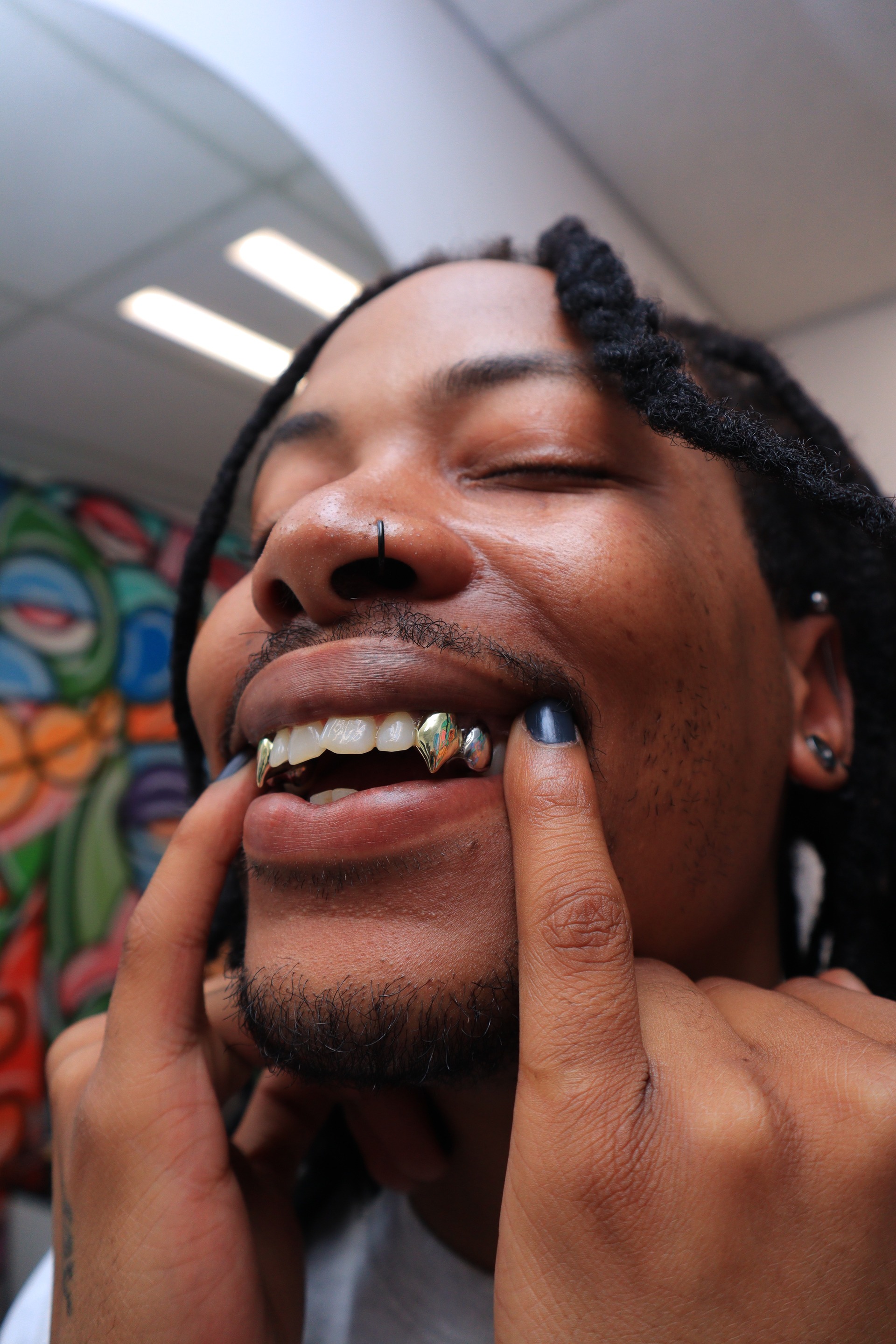
GSM Custom Grill for @_d.i.ego via GSM Custom Grill’s IG
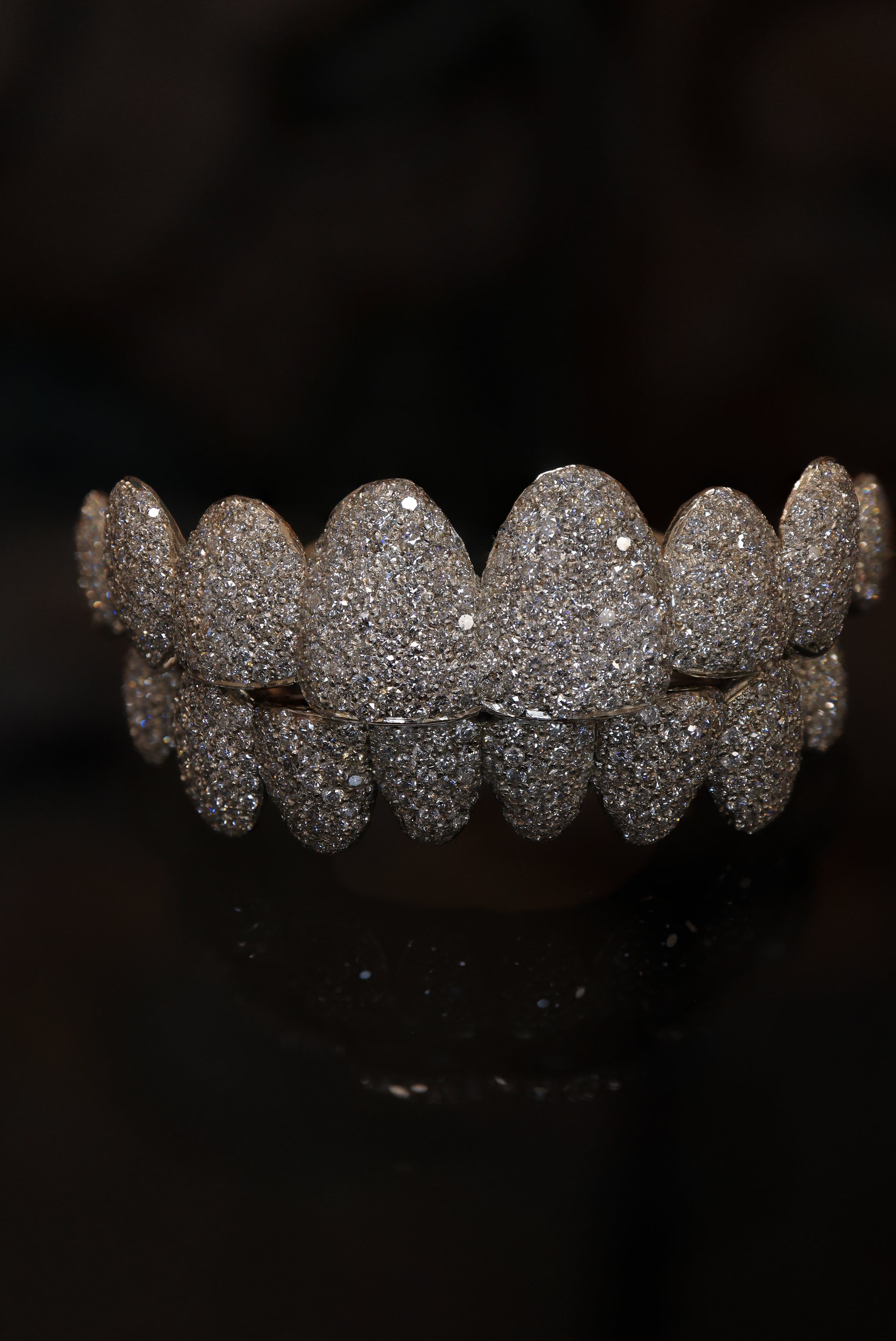
GSM Custom Grill for Uncle Waffles, featuring nearly 700 small VS diamonds, totalling 6.97 carats, all set in solid 14-carat white gold
“I spent a lot of time at dental labs refining my skill and I think I always approached working with teeth from a different view — I had an instinct for it,” Lindo shares and that, “gold teeth go way back, and coming from a dental background — I’ve always had a problem with gold teeth! Having a permanent gold cap is not good for your gums, and teeth are incredibly precious. Grills are amazing because they’re not permanent, they’re a piece of jewellery, so you get to experience the shine and accessorising without compromising your dental health.”
Lindo’s GSM Custom Grillz is a one stop shop for grills, and it’s a very intimate, one on one experience; with Lindo being both a jewellery designer and a genuine dental practitioner. With a kind of hippocratic ethic that dates back to his days spent in dental labs, Lindo is about ensuring the grills experience is understood for its commitment and the simple fact that it engages one of the most complex parts of our body and the seat of our speech; the mouth. As Lindo explains, “I always tell people that you have to learn to wear grills – it’s like learning to drive a car. Grills can be very bulky and difficult to wear — and I prioritise comfort — I always encourage my clients to go for something very subtle and small for their first set, so they can learn how to wear it in their mouth and get used to speaking with them in. Of course, we want people to be extra, but you really have to learn to have it in your mouth before you go back – otherwise you might be put off by the experience. Rapper Offset is a great example of this – when he blew up, he went straight for ice, and he couldn’t speak properly!”
“Grills have to be approached correctly and as a process with someone who can guide you through the different stages of learning how to wear them,” Lindo emphasises, and that he sees his role with GSM Custom Grillz as a vessel to instil the correct path to exploring the possibilities for tooth adornment. Lindo’s role to his clients is a guide and an artist, “everyday I’m just trying to improve my skills, no matter what case lands on my desk, and my direction now is very much creating grills as an artform. It’s not just about getting ‘gold teeth’, and I don’t make them just for the sake of it – there’s always a story behind each pair, and I work closely with my clients to find out what they want to express with their grills,” and in terms of his process, “my initial work with a client is to get an understanding for their vibe and their intentions. — it’s a uniquely custom process because no set of teeth are alike and as a result, no grills can be alike. They have to be functional as much as they need to look good.”
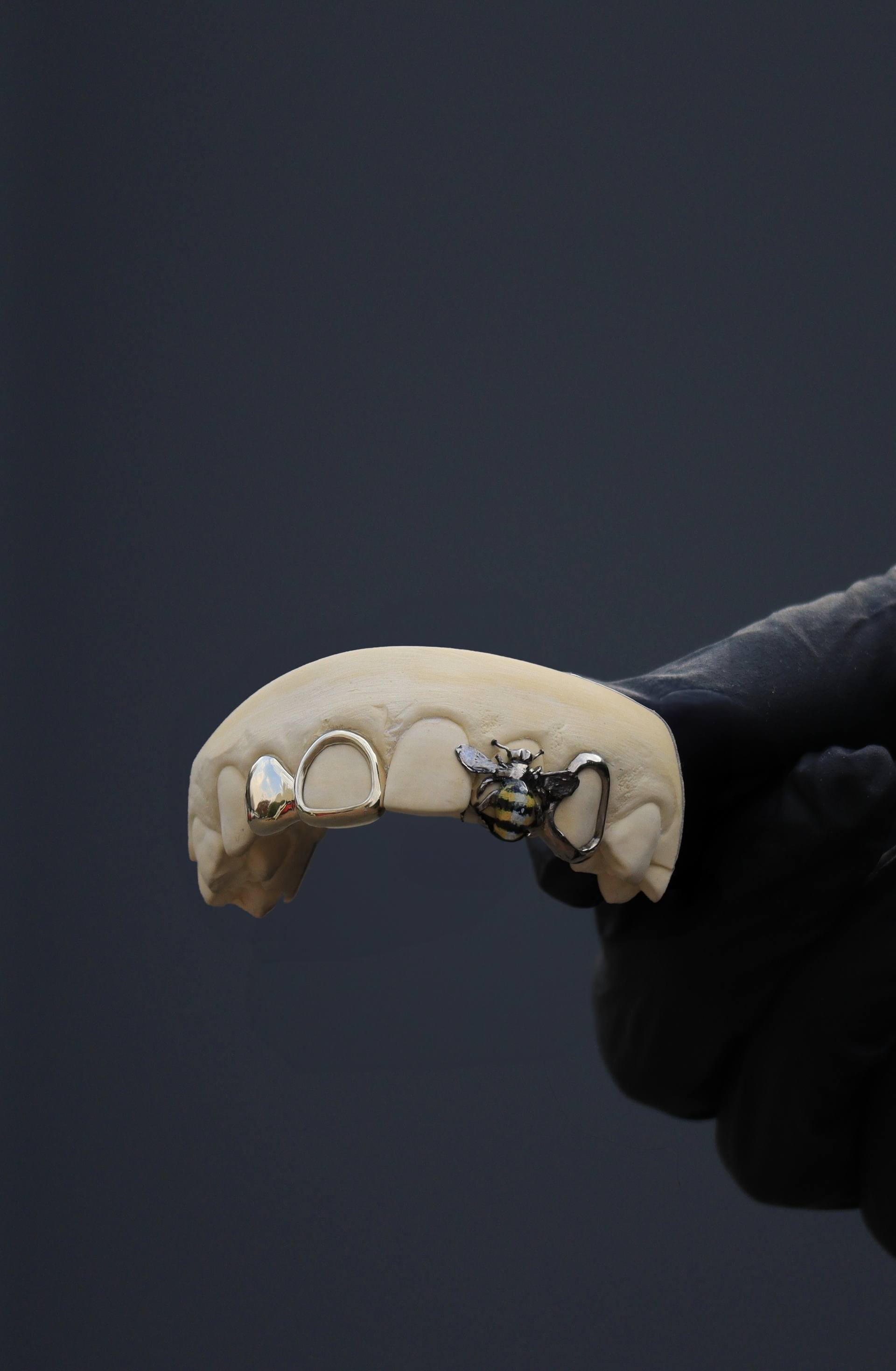
GSM Custom Grill
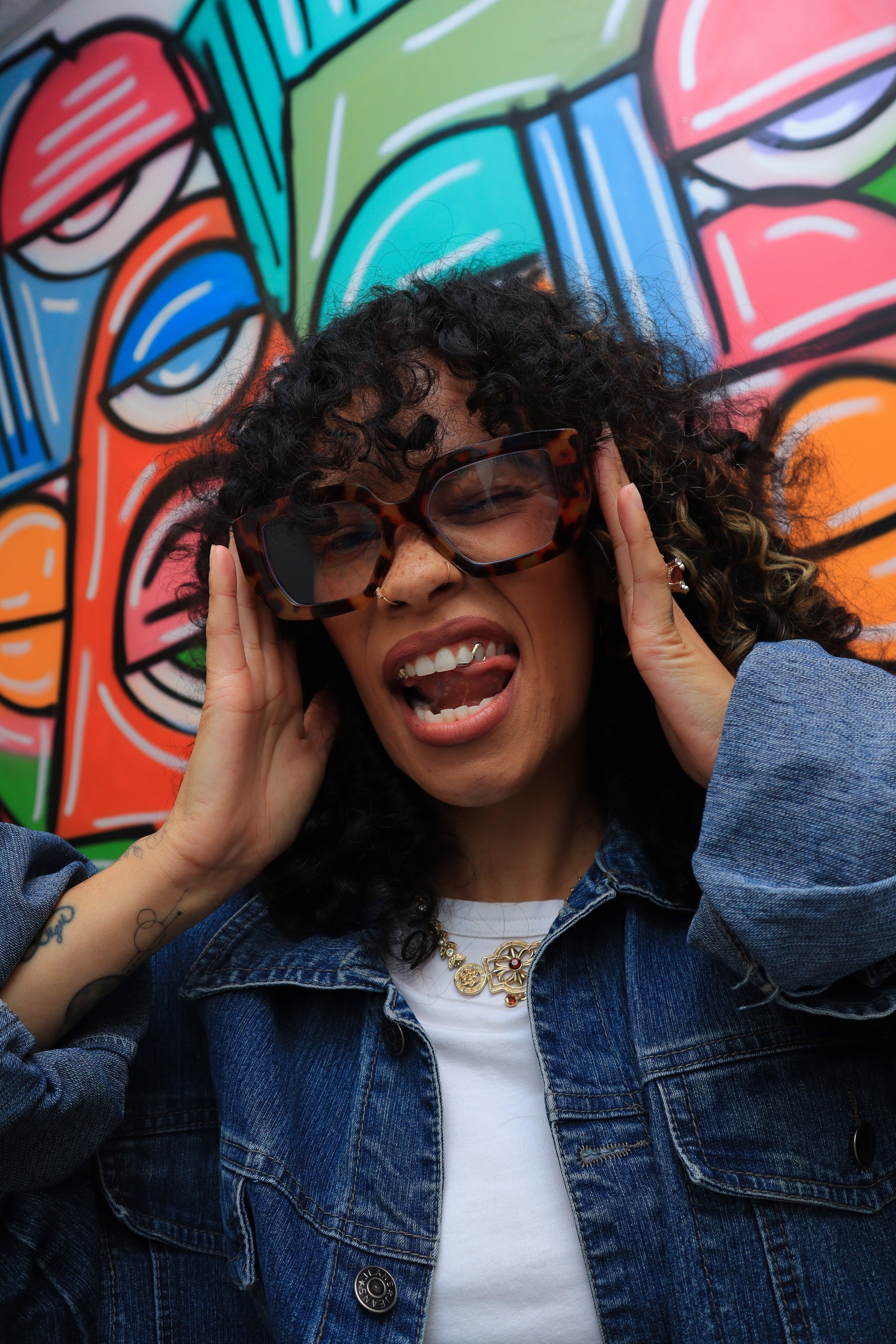
GSM Custom Grill for @mikhale_jones via GSM Custom Grill’s IG
I ask Lindo what grills mean to him, to which he notes that their vital place in for young people, and that “grills are a form of expression, and I think they’re as powerful as tattoos in terms of allowing people to show who they are, what they stand for – especially for creatives and artists. It’s an incredible time for the whole culture. We have doctors and lawyers as clients, too! So grills are becoming mainstream – and I love that. I really love seeing it become understood as a form of jewellery. I love the direction grills are taking in South Africa, I think it’s a sign of a mainstream culture becoming open-minded.”
As for what’s next for SA’s Godfather of Grillz, Lindo and GSM are set to expand their offering, “I’m currently working on a broader jewellery collection to life which will be part of the GSM offering. It’s been at the back of my mind for a long time, and that’s going to be the next chapter — I want the grills to work alongside a collection that brings something to the culture of things that I like and have been inspired by.” Lindo is an artist at the intersection of fashion and culture, and we can’t wait to witness the extension of his influence, and the continued celebration of grinning and bearing — as RZA rapped in Rollin’ “Platinum grill, reinforced solid steel. Superstar engine, force of an eighteen wheel.”
Written by: Holly Beaton
For more news, visit the Connect Everything Collective homepage www.ceconline.co.za

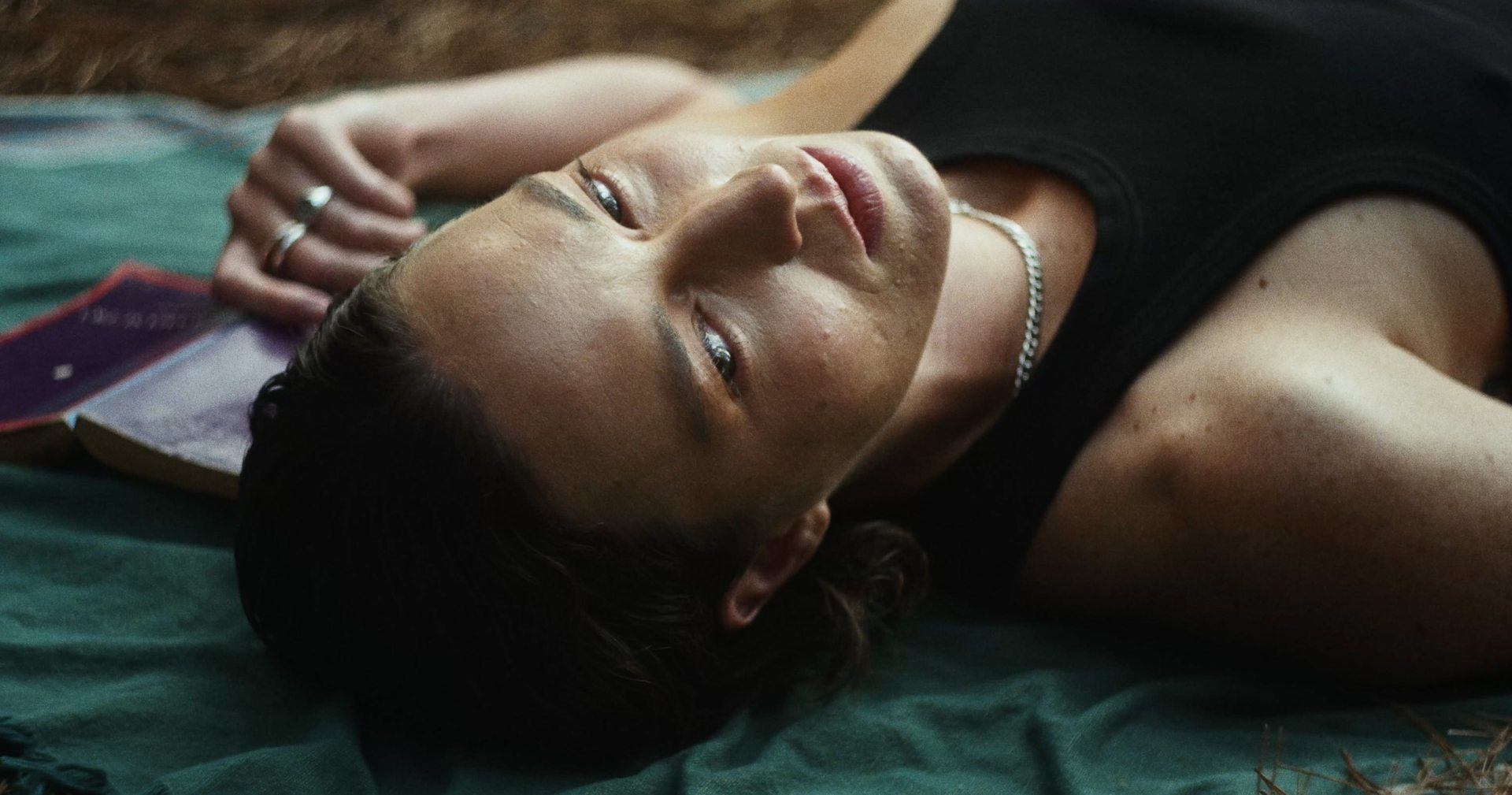
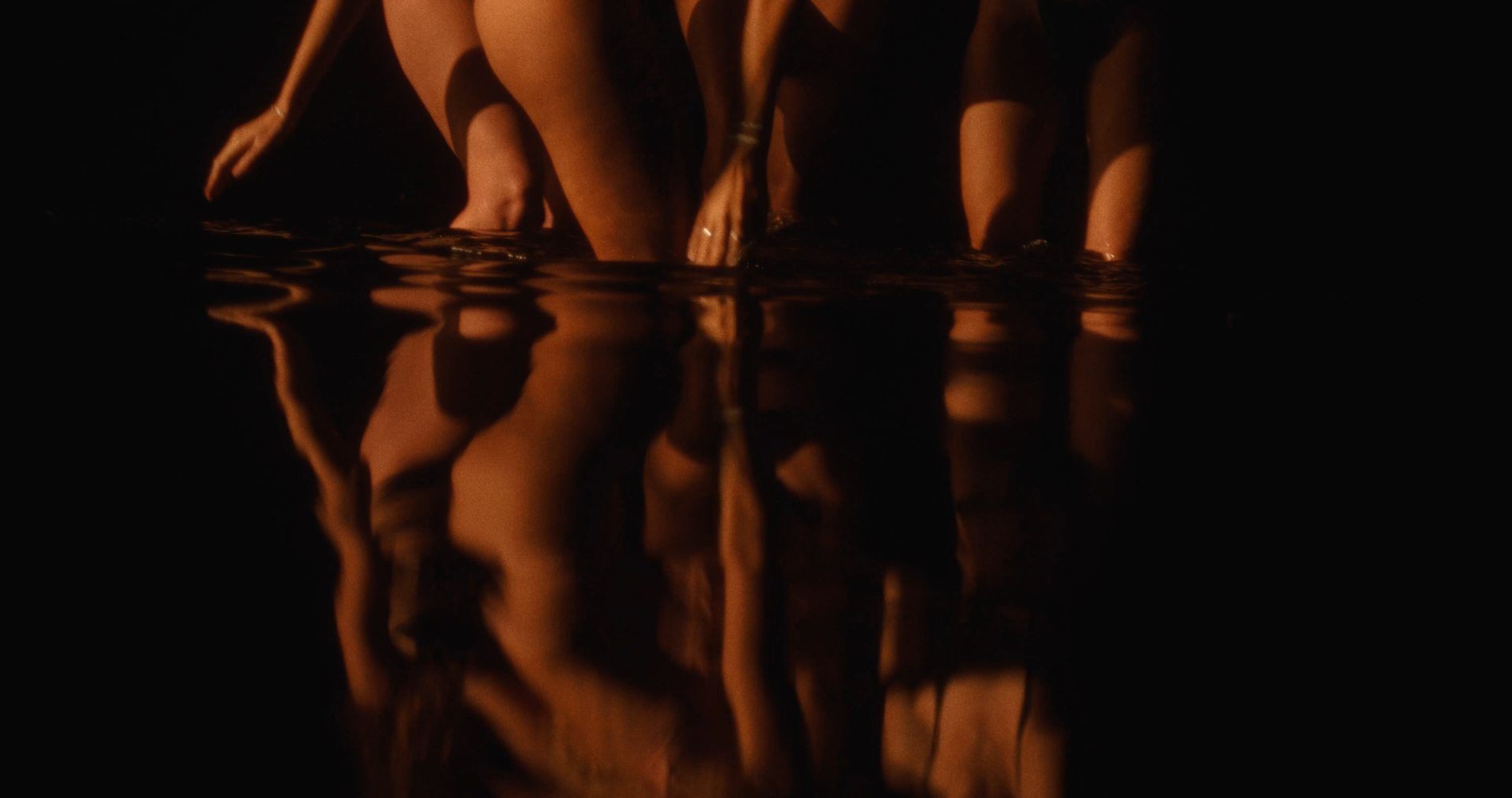
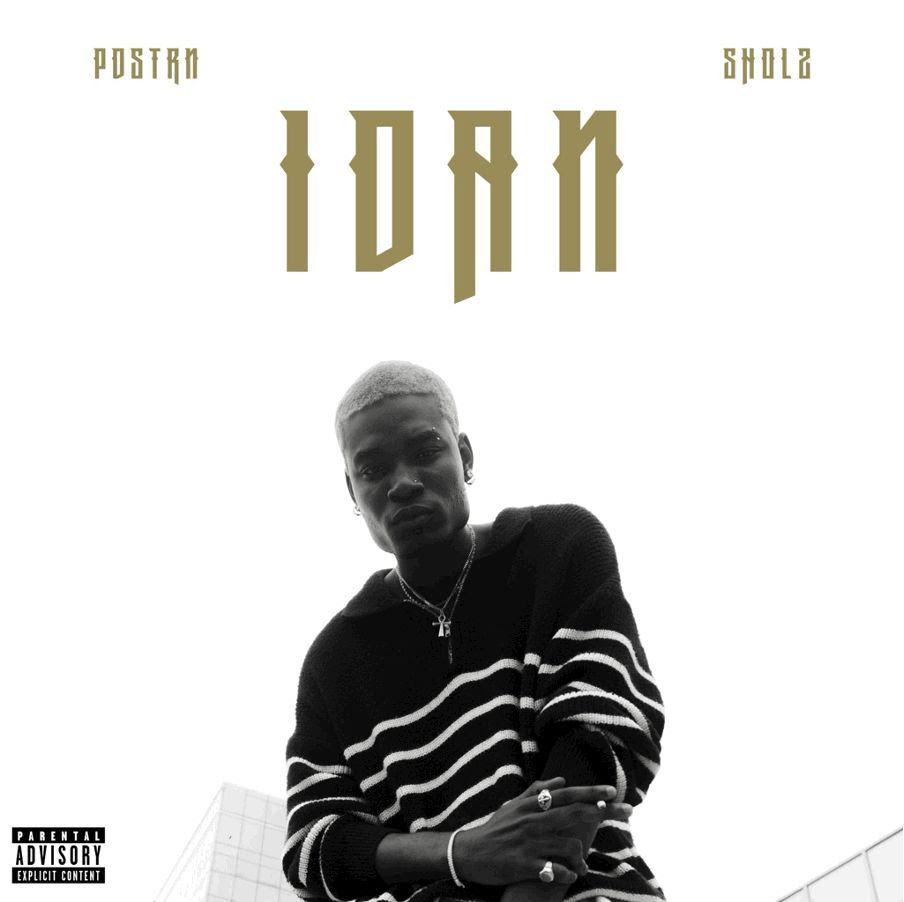

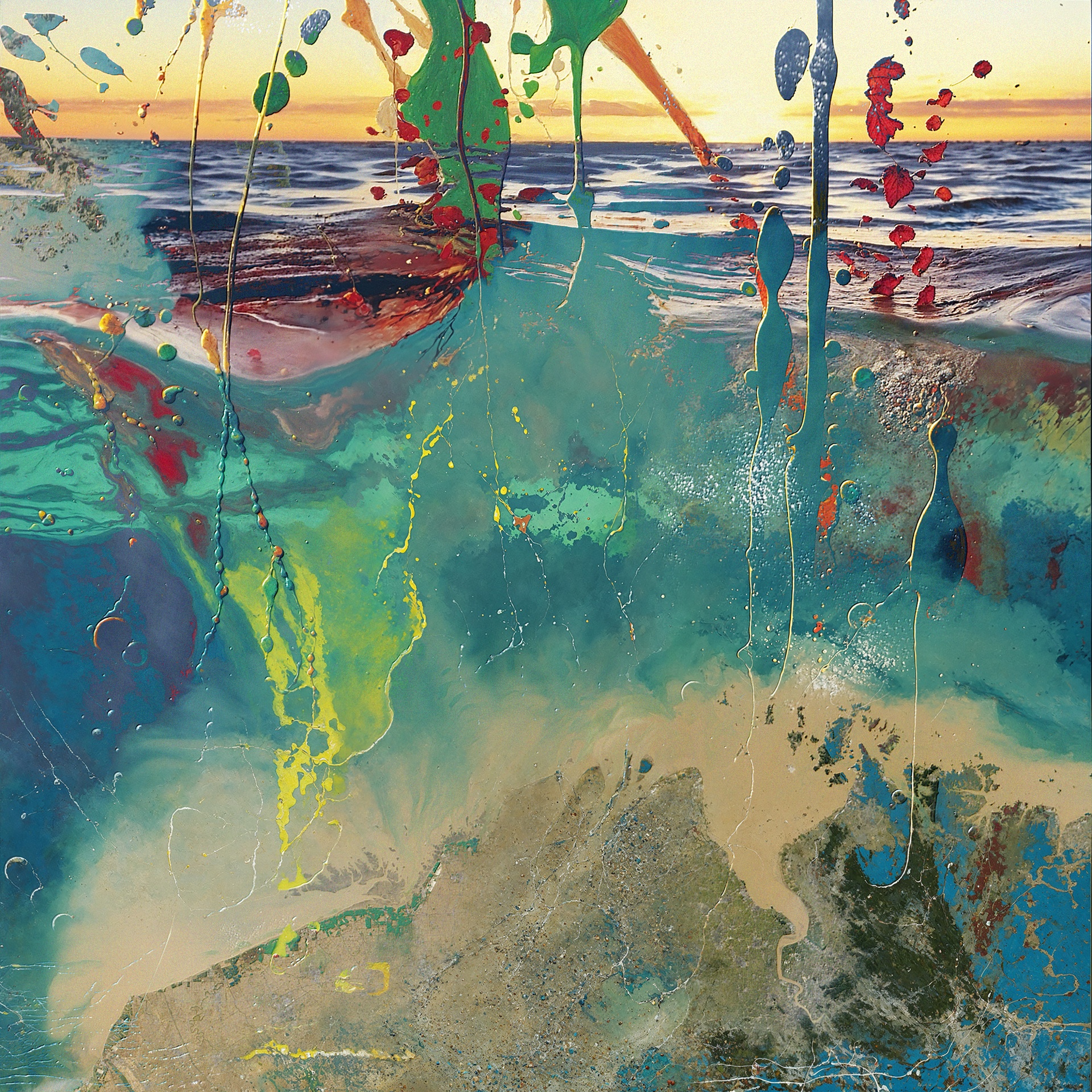
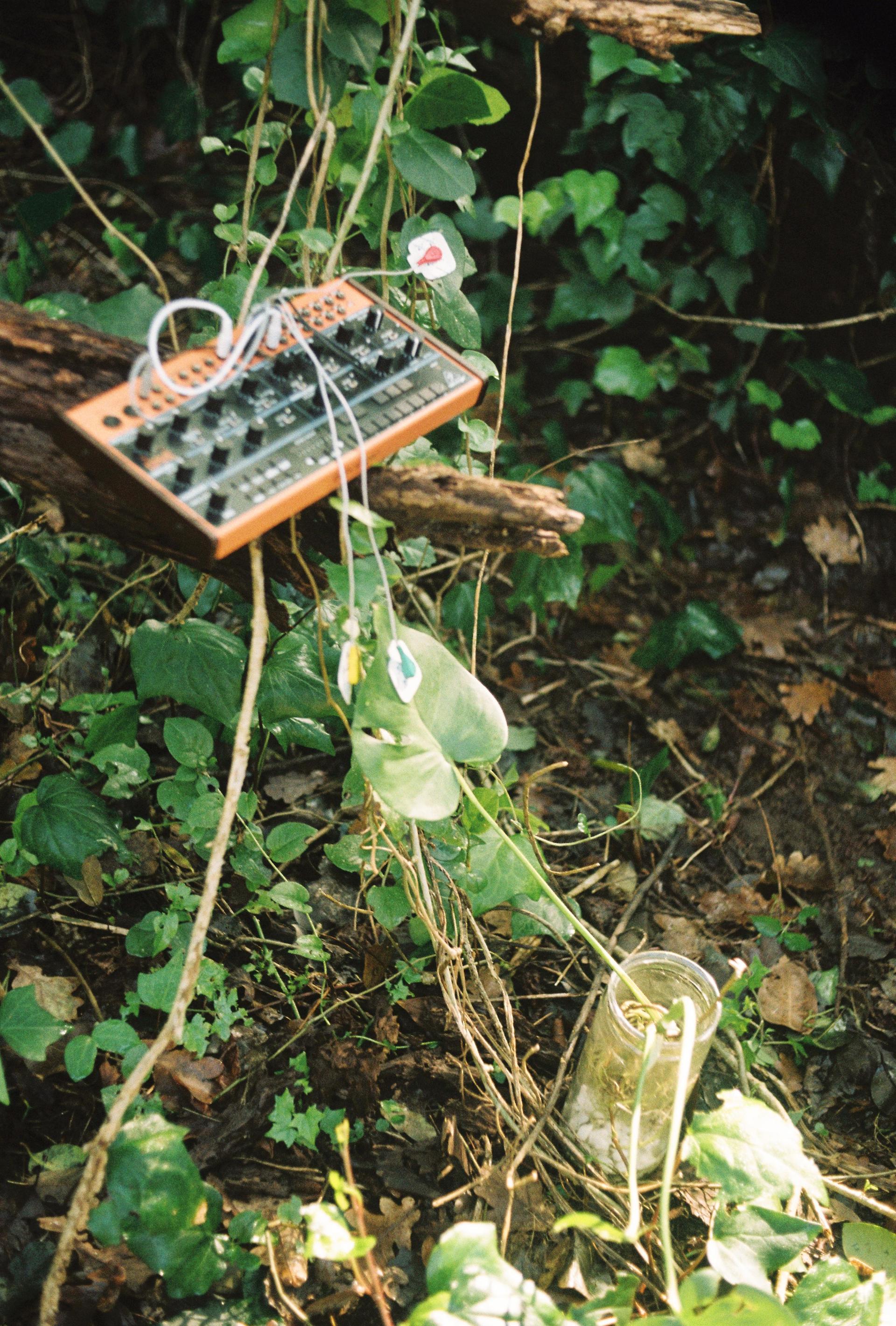
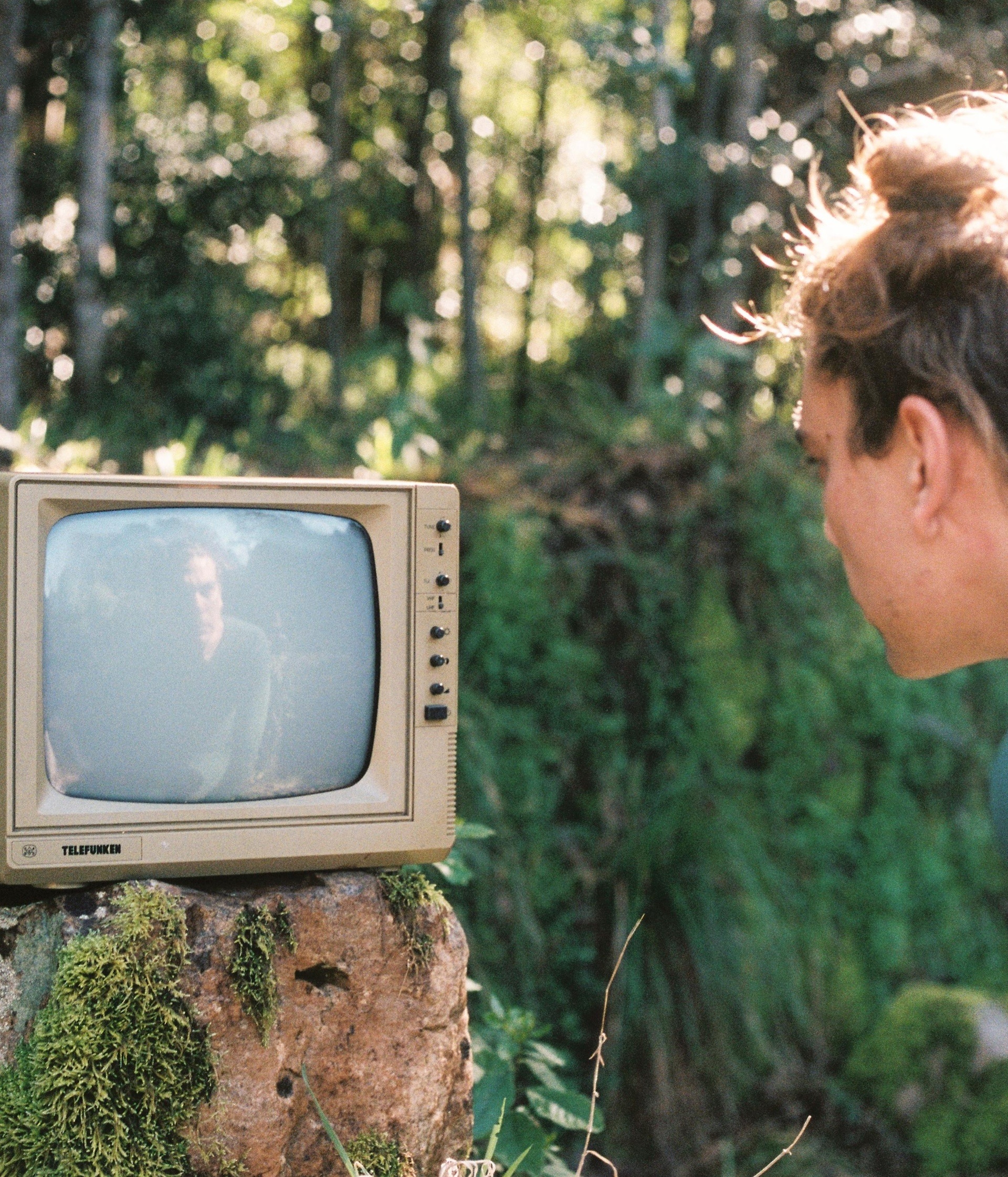
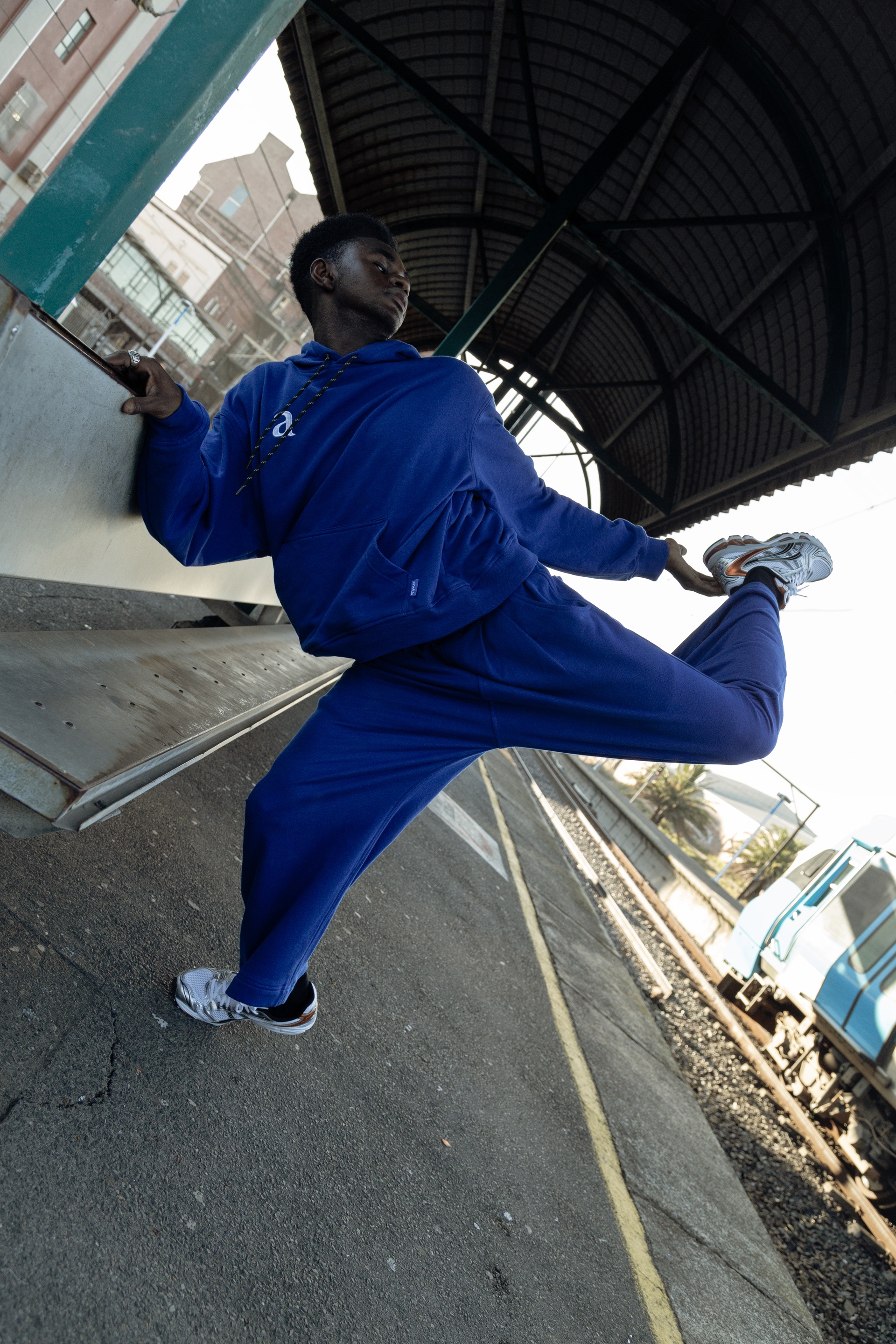
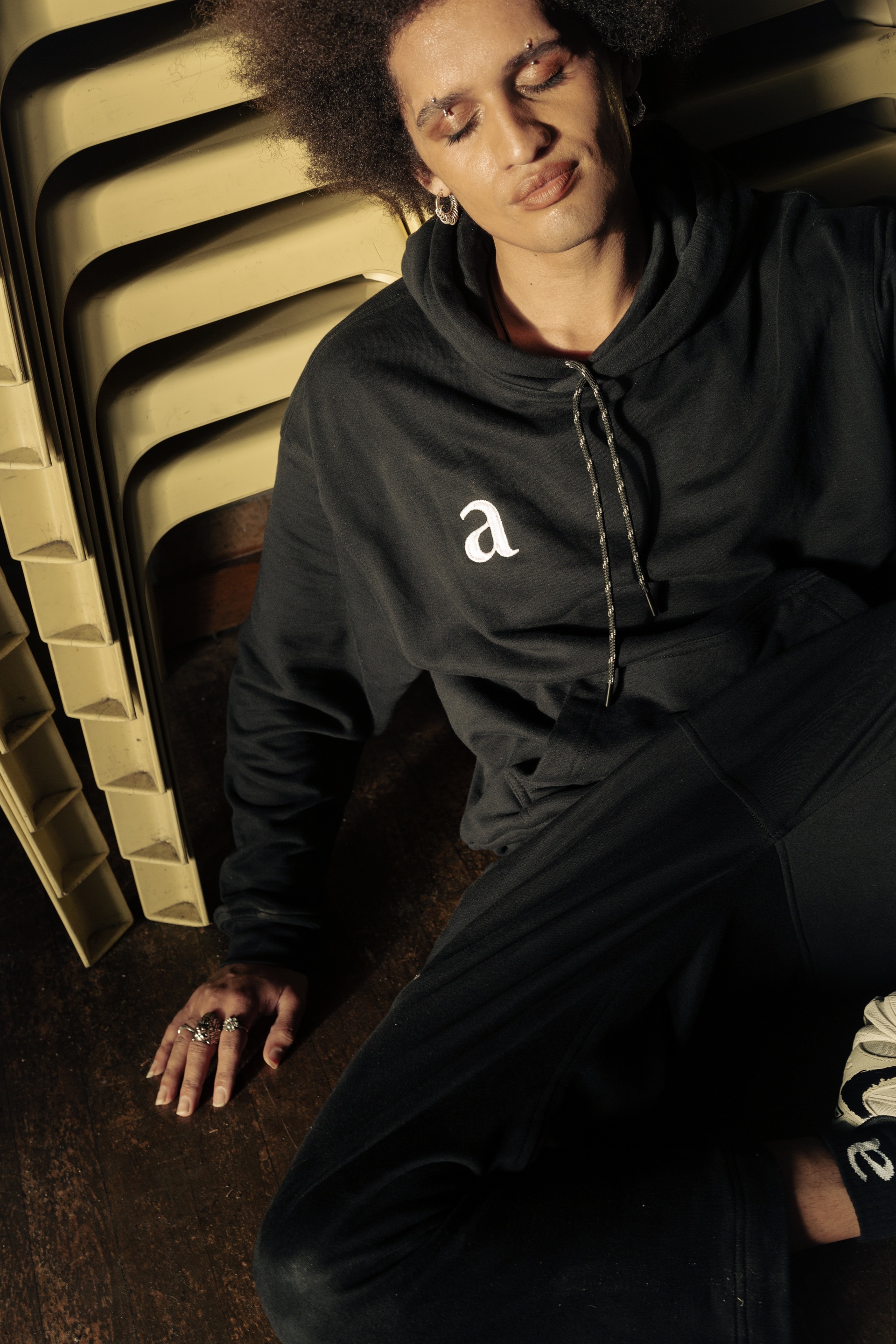
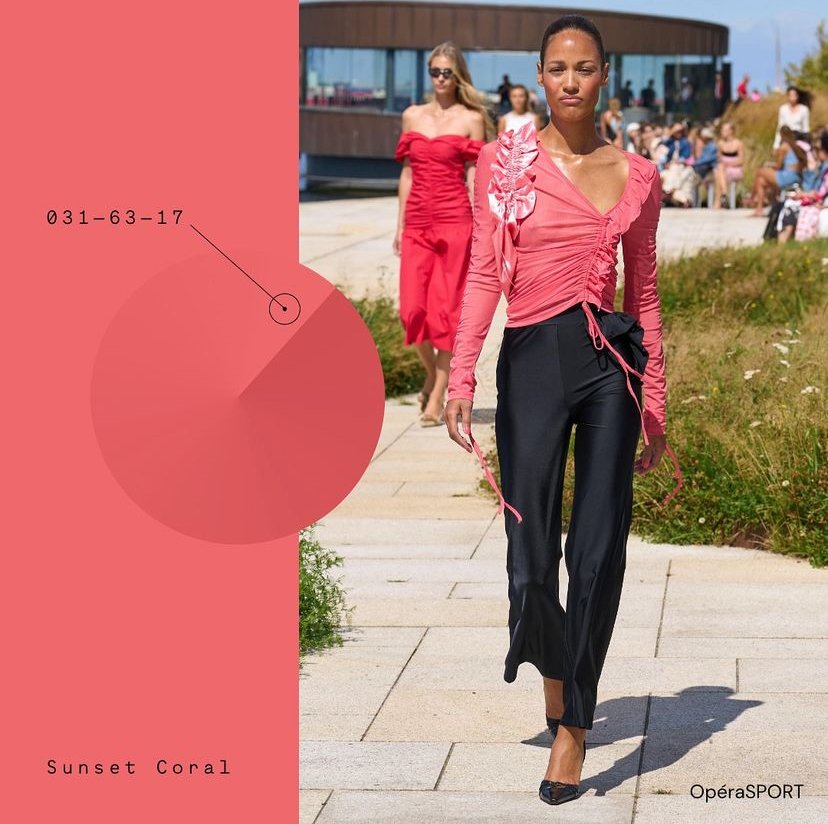
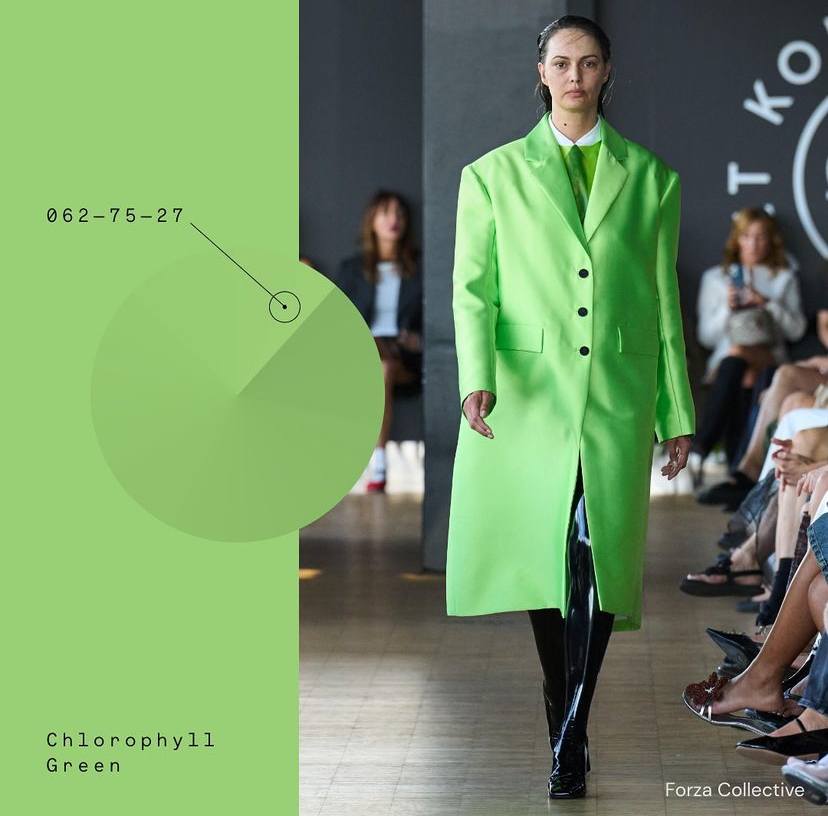
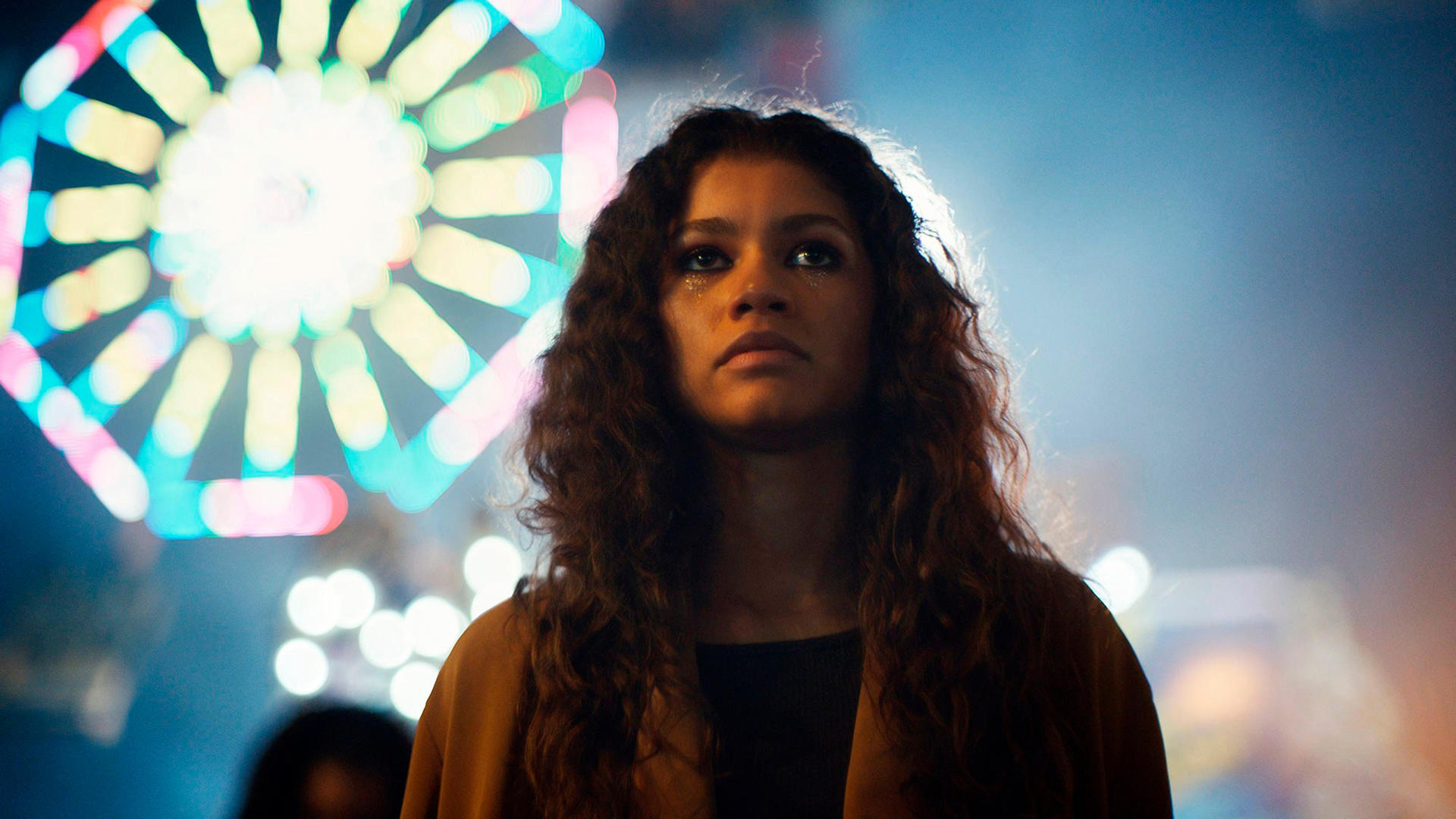
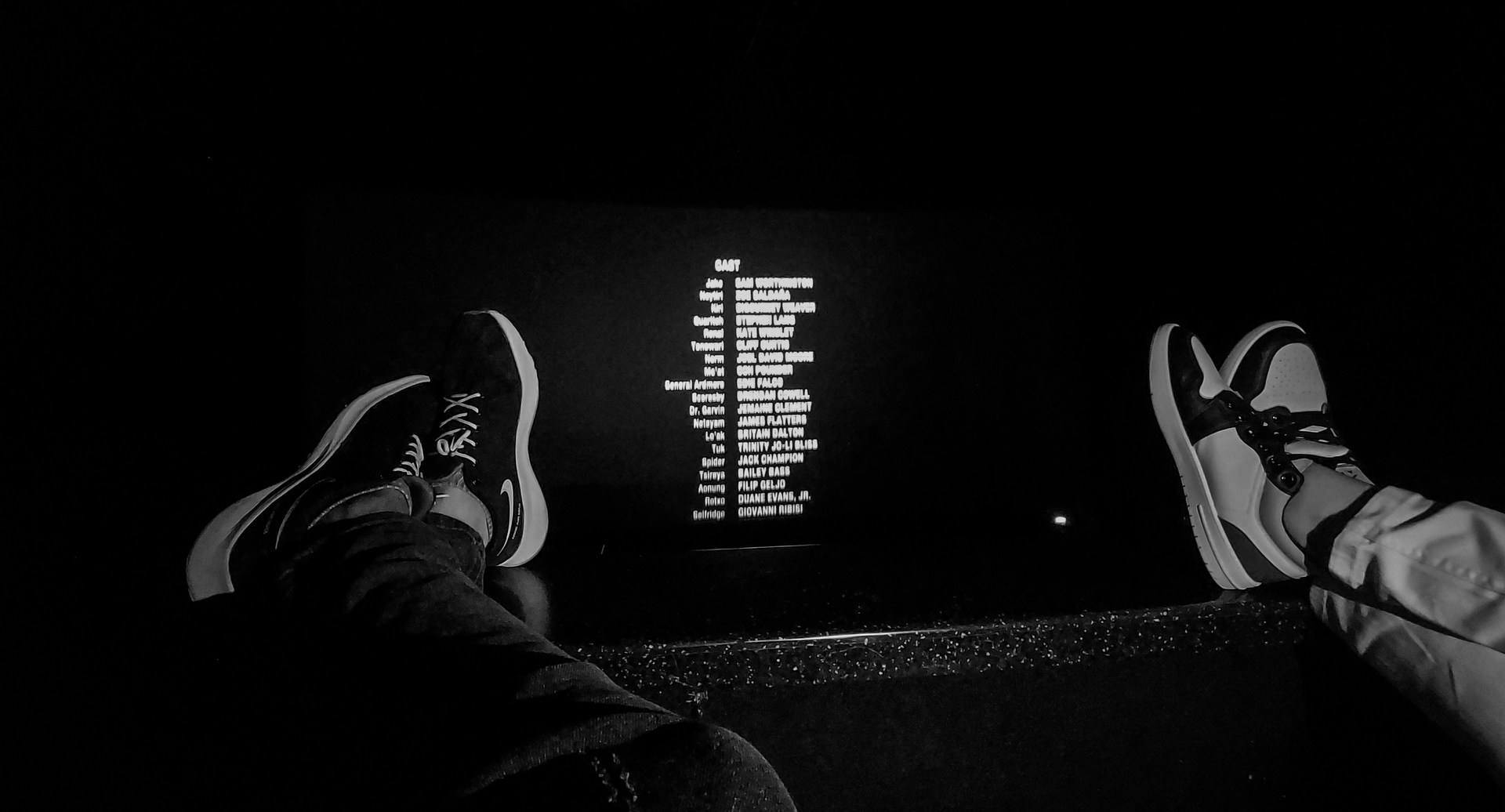
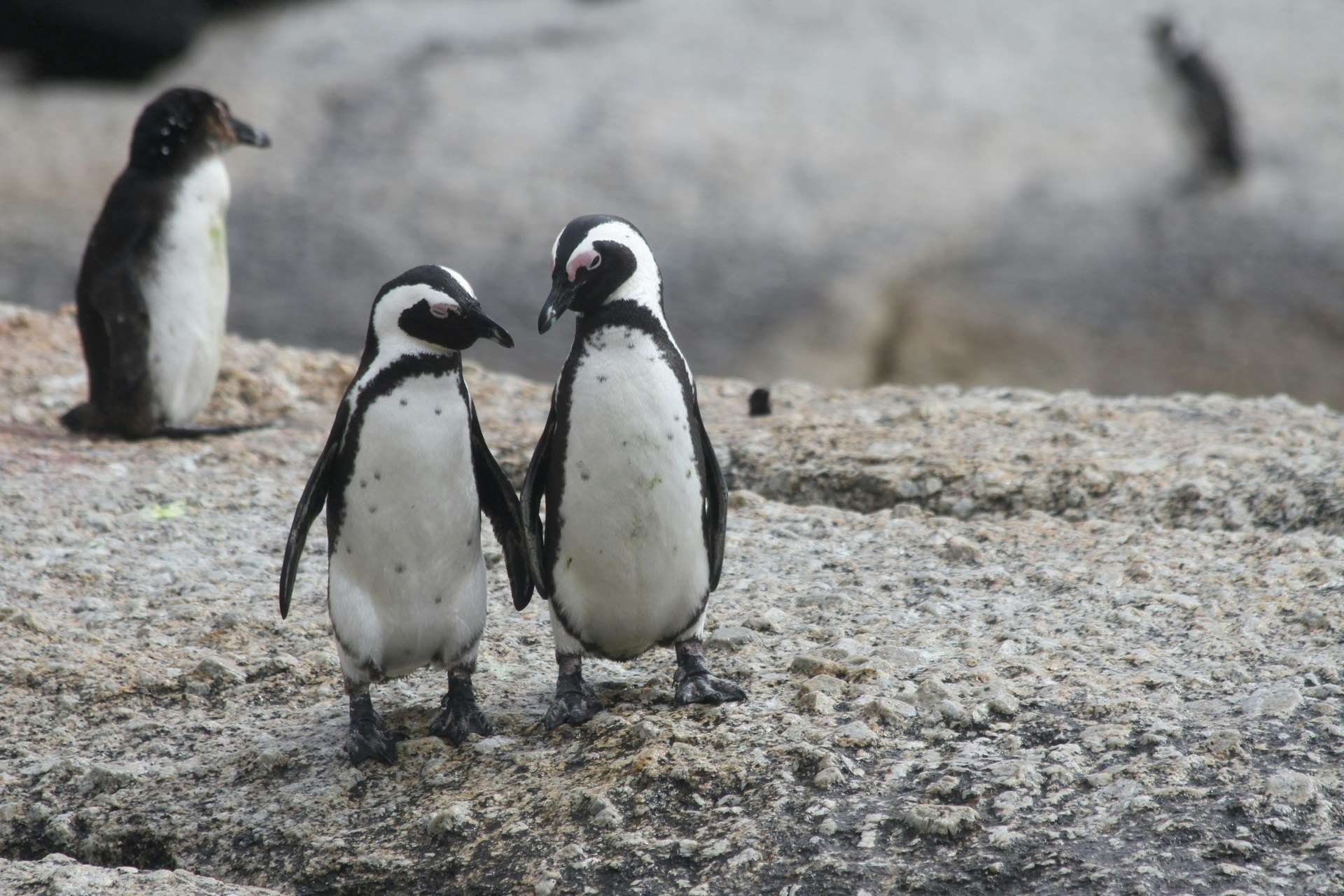

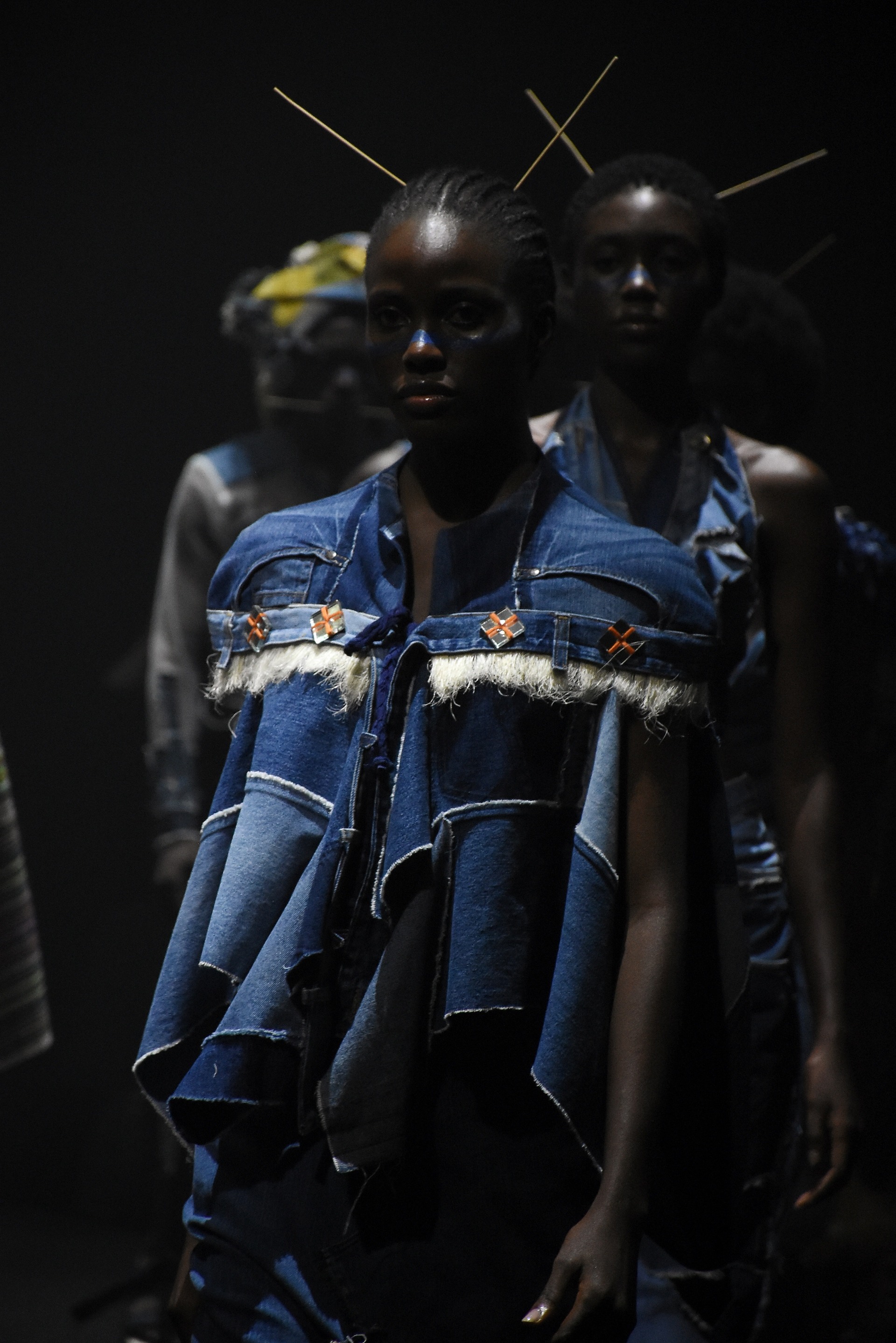
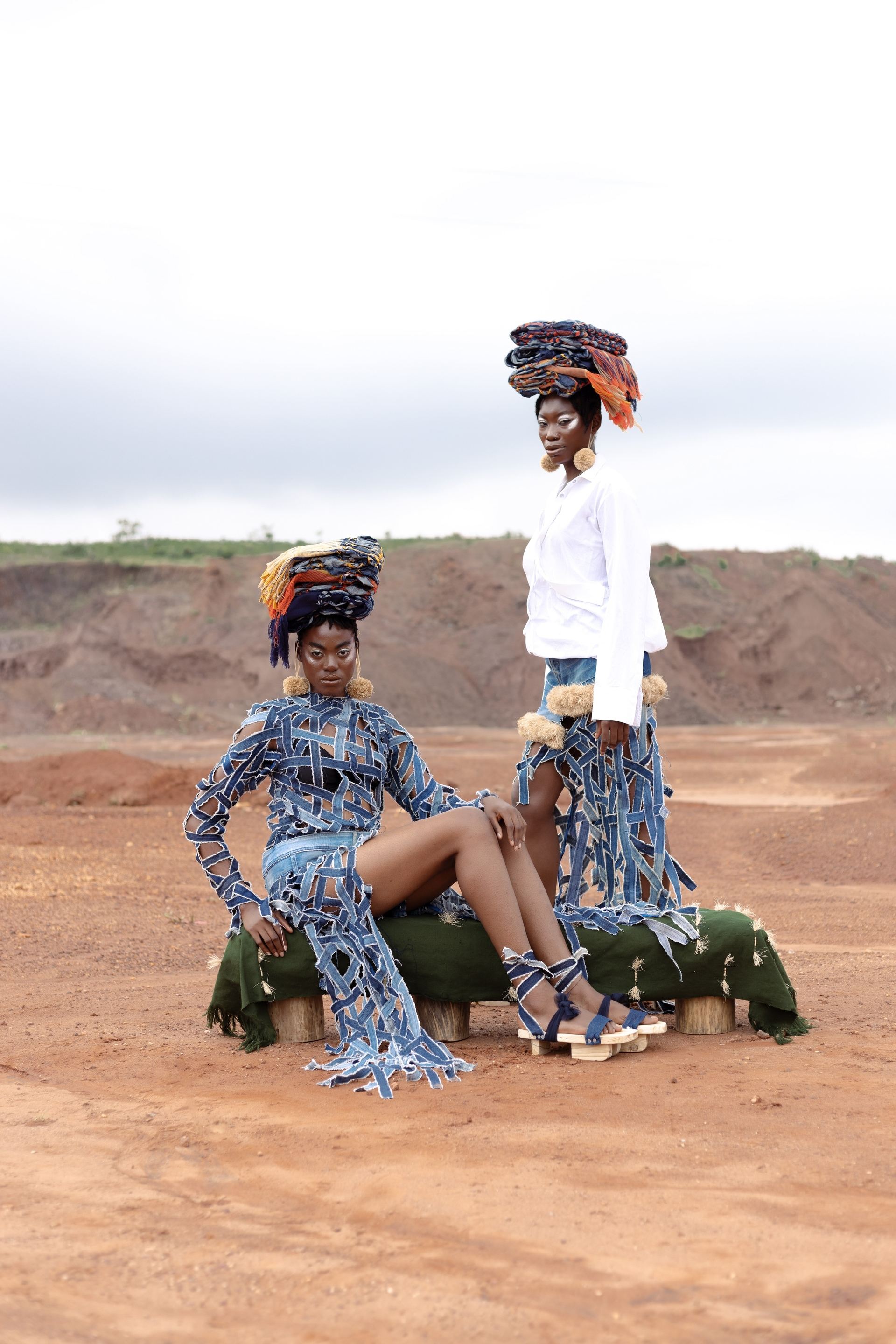
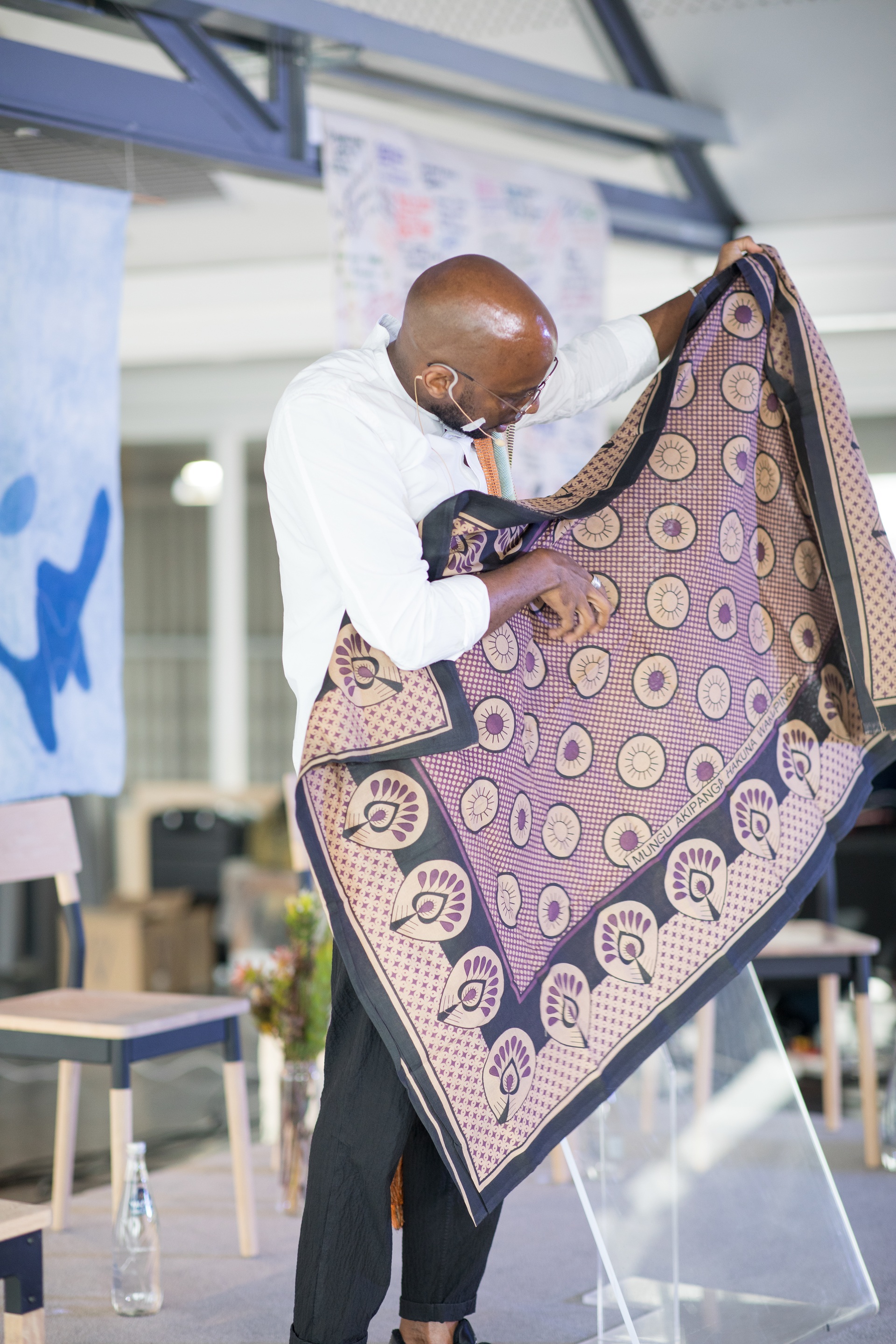
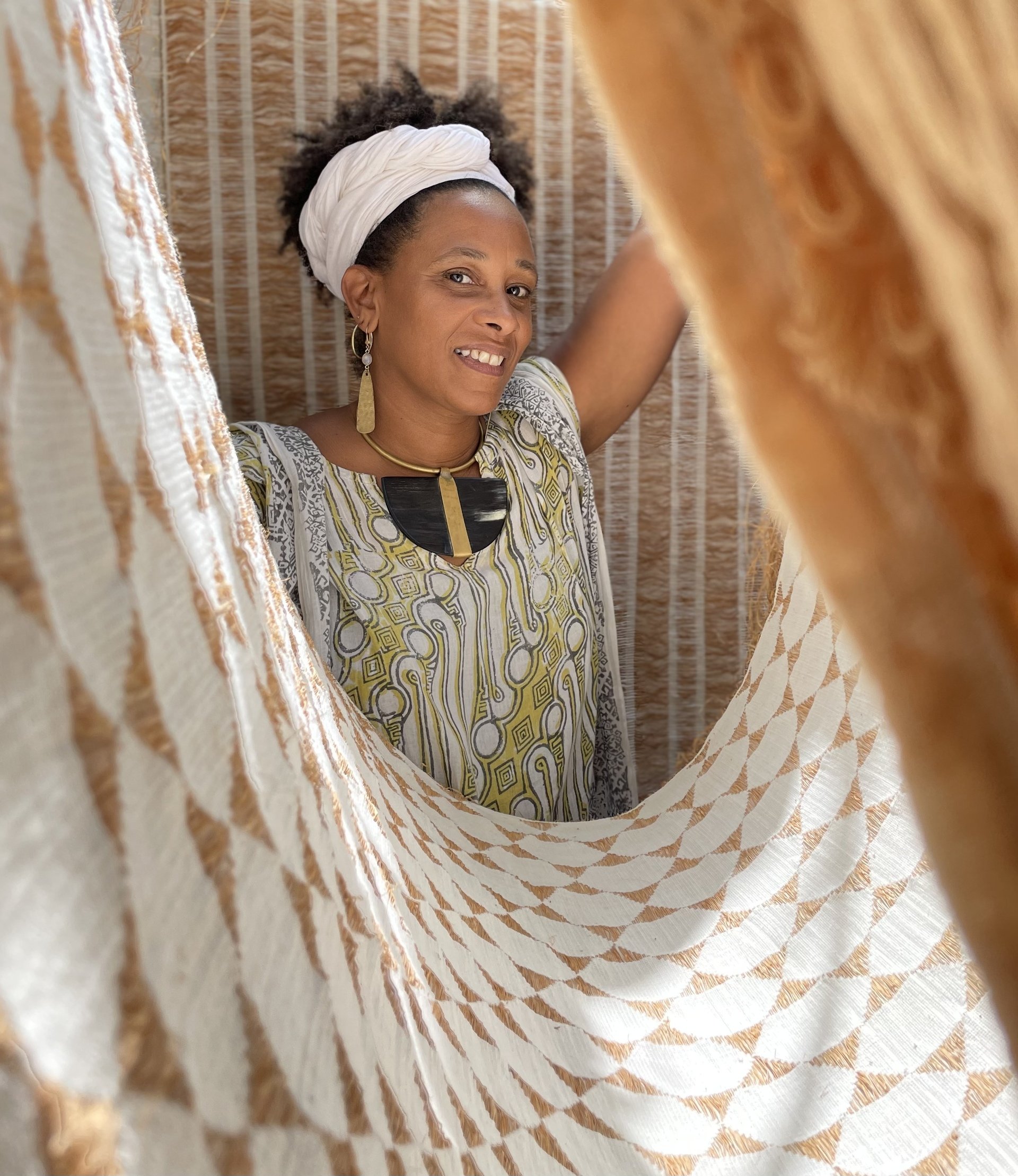
Recent Comments